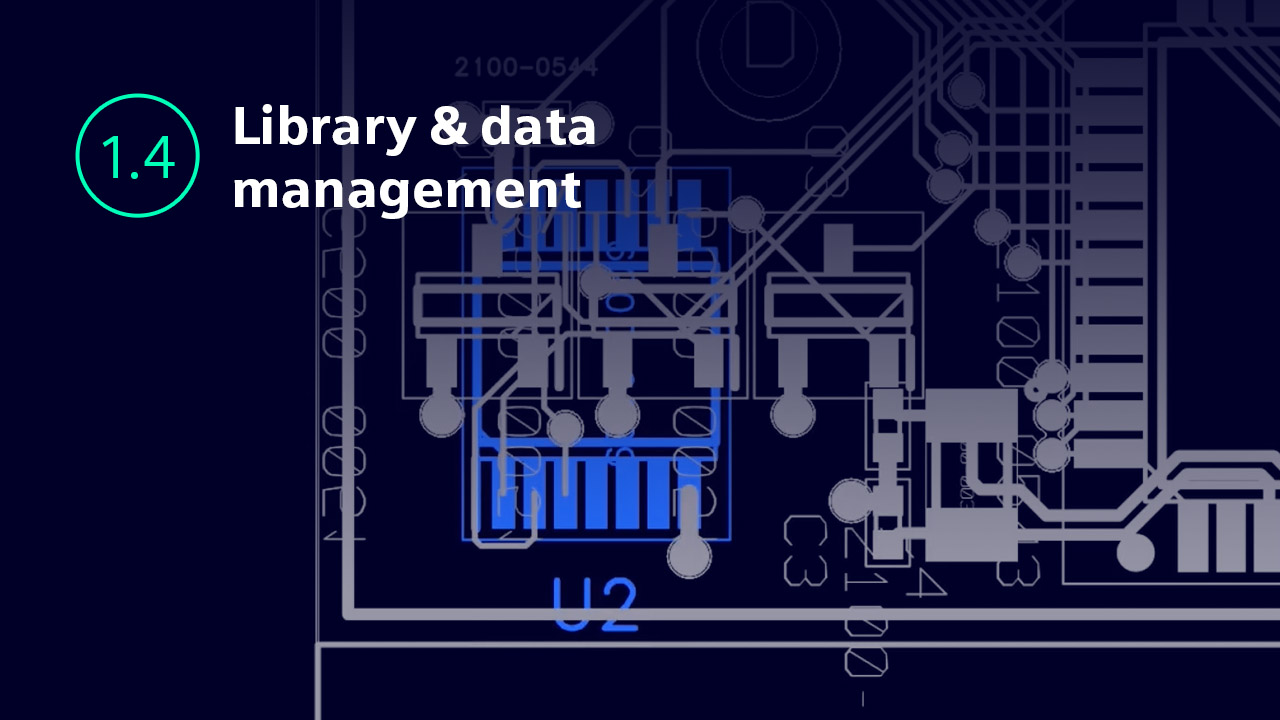PCB design best practice: library and design data management

Another best practice of this pillar is library and design data management. And what I mean by that is how are you controlling or managing your data, whether it’s your library data or your actual IP?
What’s not working?
Now, I can tell you from experience after three decades, that companies are all over the spectrum when it comes to library and design data management. Typically, from company to company, no one’s consistent in how they do this. In general, every company has its own internal processes. Now, that doesn’t mean that they’re not successful, because everyone has their own definition of success, but there are ways to be better optimized and more efficient.
What are the roadblocks?
A lot of the roadblocks that we run into are because we have product, organizational and process complexities, or you might have a lot of operational overhead to maintain. A lot of times you just don’t have the experience on how to do library and design data management, or you don’t have a specialist who knows how to do that within your company. Internal resistance to chance can potentially be the biggest roadblock of them all.
Best practices: library and design data management
You want to establish internal guidelines and processes for library and design data management, that way you have an internal set of guidelines and rules in order to operate consistently. That way you’re consistent from project to project, and it also gives you a way to look back to see how you can potentially optimize and be better from design to design and as time goes on. Establish and implement industry standards and best practices, because when we talk about different companies on a global scale, or operating in the global world, you may not speak the same language, but the common language can be an industry standard.
How are you controlling your library data and your IP? I strongly stress that you don’t have it located on a local uncontrolled server or someone’s local desktop. Instead, have it in a Product Life Management (PLM) system that will help you optimize and control for product release, revision control and where use. And it gives everyone better visibility of what’s going on at any given time.
By implementing and optimizing library and design data management, you’ll get better control over your library data, and better control and use of company IP such as best parts and best approved circuitry within your company. Hardware (HW) reuse is an excellent example of controlling and managing IP and sharing it throughout the company. The key here is managing and controlling your data. This approach allows for better control and management of hardware IP modules where you can control the IP, implement it as needed, and track it better. You can potentially have instant status such as work-in-progress. This library and design data management approach significantly removes potential for logistics and human handling errors and allows for visibility of where used and other type of information that you may need to know during the work in progress.
How it works: library and design data management
Library and data management throughout the design process is essential to maintaining a successful digital thread throughout a lifecycle of a product. More so today than ever before, we see multidiscipline engineering teams collaborating and integrating across multidomain environments, to include working from remote sites.
Once development has begun, data management is essential for maintaining design information such as design revisions and enabling team collaboration and integration, no matter where team members are located.
The building blocks of any design are contained in the library used to create it. Having a tightly integrated and optimized library environment enables designers to keep track of everything, from 3D models to component datasheets, as well as suitable component alternates. It speeds part identification, selection, and usage, and makes it quick and easy to search and instantiate a component into a design.
Once a design has reached a project milestone, it is time to release the design to a PLM system like Teamcenter. This could be done to simply send the bill of materials to the PLM system for analysis, or it could be a full release that contains all the manufacturing outputs.
Visit our website or watch this video to learn more about library and design data management.


